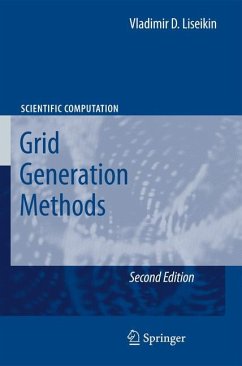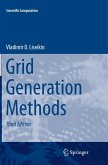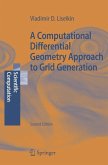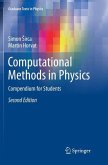This book is an introduction to structured and unstructured grid methods in scientific computing, addressing graduate students, scientists as well as practitioners. Basic local and integral grid quality measures are formulated and new approaches to mesh generation are reviewed. In addition to the content of the successful first edition, a more detailed and practice oriented description of monitor metrics in Beltrami and diffusion equations is given for generating adaptive numerical grids. Also, new techniques developed by the author are presented, in particular a technique based on the inverted form of Beltrami's partial differential equations with respect to control metrics. This technique allows the generation of adaptive grids for a wide variety of computational physics problems, including grid clustering to given function values and gradients, grid alignment with given vector fields, and combinations thereof. Applications of geometric methods to the analysis of numerical gridbehavior as well as grid generation based on the minimization of functionals of smoothness, conformality, orthogonality, energy, and alignment complete the second edition of this outstanding compendium on grid generation methods.
"Each chapter provides a thorough description of the background of the method under consideration, explains its properties, and makes clear for which type of problem it is suitable. Plenty of carefully designed instructive figures provide examples illustrating the methods' features. ... It is also likely to form an excellent foundation for designing a semester's set of lectures for a course addressing graduate students." (Kai Diethelm, Computing Reviews, April, 2018)









